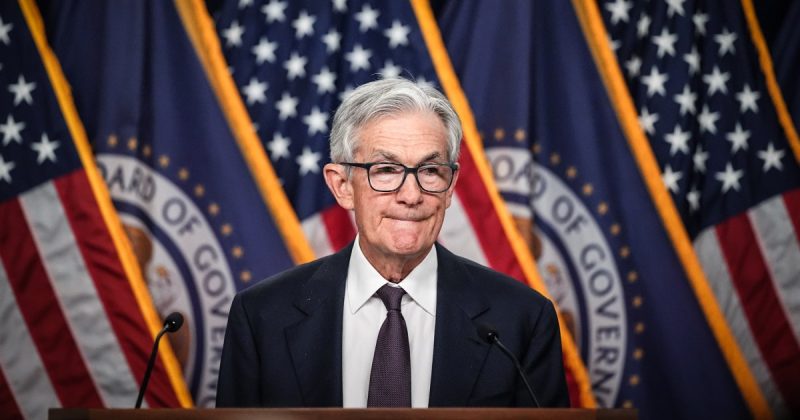
The Federal Reserve finds itself in a precarious position, navigating the economic uncertainty fueled by President Trump’s persistent trade wars. Just months ago, the Fed was on the verge of achieving a ‘soft landing’ – taming inflation without triggering widespread job losses. However, Trump’s dramatic reshaping of global trade has thrown a wrench into their plans, forcing a cautious ‘wait-and-see’ approach.
Seema Shah, chief global strategist at Principal Asset Management, highlights the near-impossible situation facing the Fed. Their dual mandate – maintaining high employment and low inflation – is threatened by unpredictable government policies. The fear is that a tariff-damaged economy will necessitate interest rate cuts to prevent job losses, potentially exacerbating inflation. While inflation has recently hovered near the Fed’s 2% target after peaking above 9% in mid-2022, the risk of a resurgence remains.
Fed Chair Jerome Powell stated that maintaining current interest rates allows for a careful observation of economic developments. Yet, the Fed’s statement acknowledges the increased risks of both higher unemployment and higher inflation, raising concerns about stagflation. Brian Coulton, chief economist at Fitch Ratings, emphasizes the Fed’s dilemma: policies needed to support full employment conflict with those required to control inflation.
Adding to the complexity is the political dimension. Trump’s repeated public criticism of Powell, including derogatory remarks on social media, underscores the unusual political pressure on the Fed. Powell, however, maintains that these comments do not influence the Fed’s policy decisions.
This situation mirrors the 2019 scenario where Trump’s threats of higher tariffs on China prompted the Fed to cut interest rates three times. However, Powell highlights a key difference: the current inflationary environment is considerably different than in 2019. The Fed’s preferred inflation measure, core personal consumption expenditures, shows a higher rate of price increases now compared to 2019, making a preemptive rate cut less certain.
While market expectations anticipate three interest rate cuts by year’s end, analysts remain divided. Bank of America, for instance, suggests that cuts are unlikely in 2025 given a steady job market and rising inflation. In conclusion, the Fed’s course remains uncertain, contingent on further economic data and the ongoing impact of Trump’s trade policies. The central bank’s strategy reflects a careful balancing act between employment and inflation, complicated by the unprecedented political pressure and economic uncertainty.










